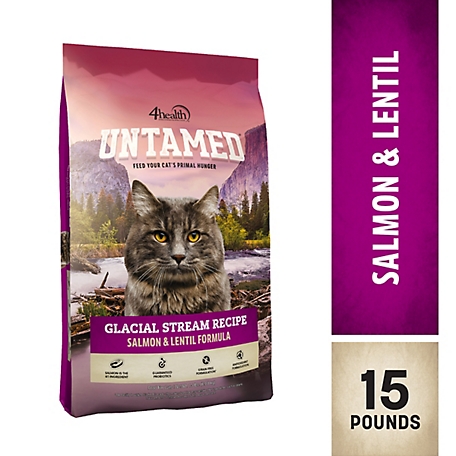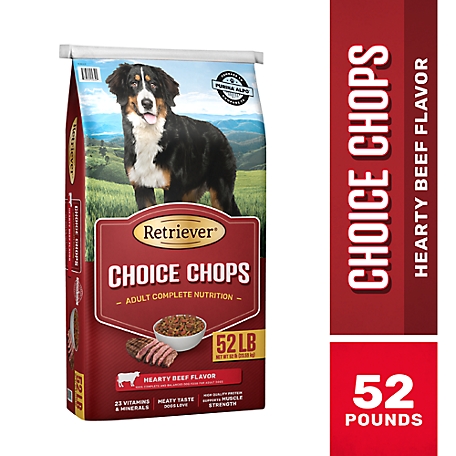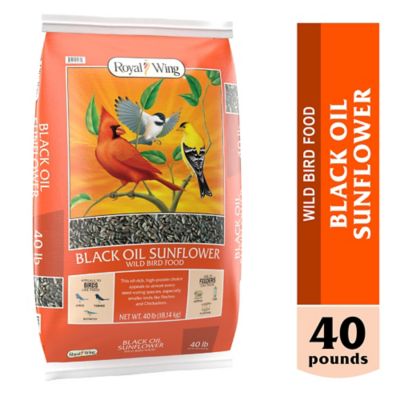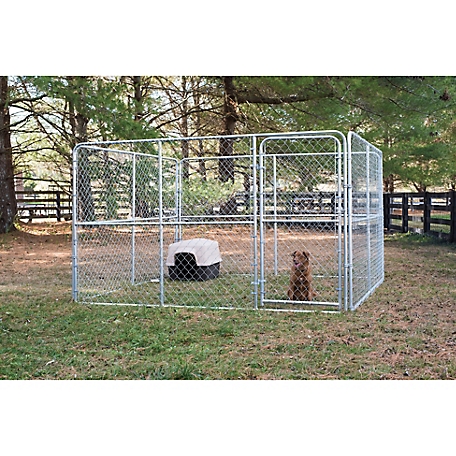4health Untamed Glacial Stream All Life Stages Grain-Free Salmon and Lentils Formula Dry Cat Food
Cats love the distinct taste of the 4health Untamed Glacial Stream All Life Stages Grain-Free Salmon and Lentils Formula Dry Cat Food. Made with real salmon, this dry cat food recipe offers the flavor cats crave in addition to balanced nutrition. The formula is entirely grain-free; instead of grains, it uses lentils to provide quality carbohydrates. Other great nutrients found in this cat food include antioxidants, omega fatty acids and probiotics. Give your cat what he/she craves and switch to 4health Untamed cat food today.
Cats love the distinct taste of the 4health Untamed Glacial Stream All Life Stages Grain-Free Salmon and Lentils Formula Dry Cat Food. Made with real salmon, this dry cat food recipe offers the flavor cats crave in addition to balanced nutrition. The formula is entirely grain-free; instead of grains, it uses lentils to provide quality carbohydrates. Other great nutrients found in this cat food include antioxidants, omega fatty acids and probiotics. Give your cat what he/she craves and switch to 4health Untamed cat food today.
- Quality cat food for cats of all sizes and life stages
- Grain-free cat food made with real salmon as the number 1 ingredient
- Lentils provide quality carbohydrates
- Probiotics help maintain the proper balance in your cat’s digestive system; each cup of dry cat food provides live, active cultures that help support healthy digestion
- Contains guaranteed levels of zinc, selenium and vitamin E for a healthy immune system and overall health
- Blend of omega-6 and omega-3 fatty acids helps keep the skin and coat healthy and shiny
- Glacial Stream Recipe features the delicious flavors of salmon and lentil to feed your cat’s primal hunger
- Made in USA
- Available in 6 lb. or 15 lb. bag of dry cat food
- 4health Untamed Salmon and Lentil Formula for Cats is formulated to meet the nutritional levels established by the AAFCO Cat Food Nutrient Profiles for all life stages
- Note: The facility in which this cat food is made also makes food that may contain other ingredients, such as grains; trace amounts of these other ingredients may be present
Additional information
| Country of Origin | Made in USA |
|---|---|
| Breed Size | Extra Small, Small, Medium, Large, Extra Large |
| Flavor | Salmon and Lentils |
| Health Features | Immune System Support, Digestion Support, Skin & Coat Health |
| Indoor/Outdoor | Indoor |
| Life Stage | All Life Stages |
| Primary Flavor | Lentils, Salmon |
| Special Diets | Probiotics, Grain Free, AAFCO Formulated, Omega Fatty Acids |
| Packaged Height | 23 in. |
| Packaged Length | 3 in. |
| Packaged Width | 13.5 in. |
| Manufacturer Part Number | 9377 |










by Jeanne
My cat loves this food, and she is hard to please, and it is rated well.
by Mike
It has the same ingredients as “Blue” but 1/2 the price.
by Heidi
My cats love this food. They do really well on it.
by Tanya
We had to buy this flavor last minute when our local store was out of our regular. The cats still loved it and since it was similar to the duck and lentil I usually get it didn’t mess with their digestion.
by Dude
Ever since I switched my cat to this he has been gaining weight (he was too skinny) and his meow is stronger. Overall it has been an improvement to his health. He even has a little pep in his step. It is also good to see that there is less junk or filler in this for compared to others.